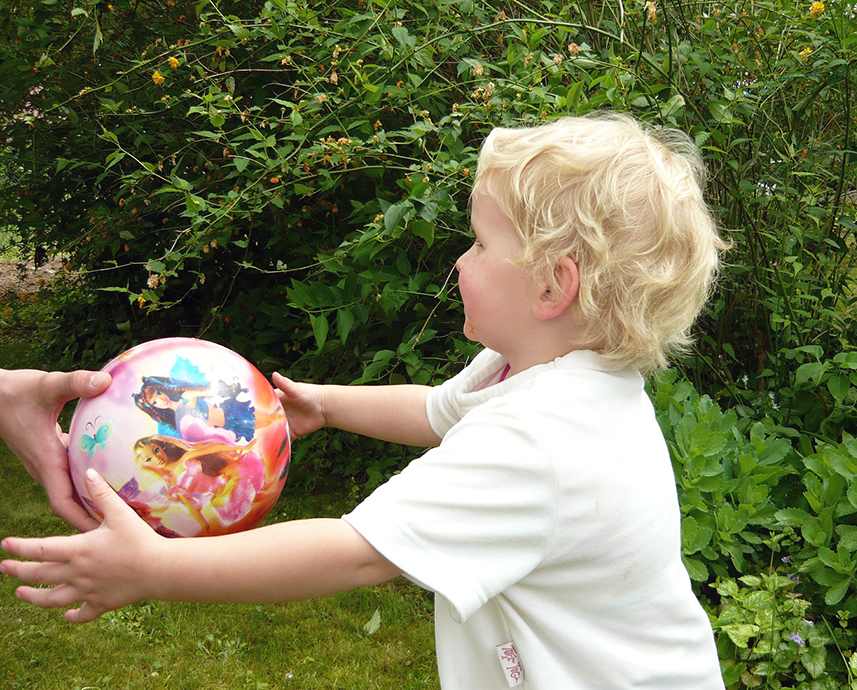Discrete Trial Teaching (DTT) VS Natural Environment Teaching (NET) in Applied Behavior Analysis

Discrete Trial Teaching (DTT) and Natural Environment Teaching (NET) are two common treatments used in the ABA field. NET and DDT have some similarities and differences, but essentially both are used to teach a variety of skills. The skills that can be taught using these approaches are: functional communication, adaptive skills, play skills, academics, executive functioning, expressive language, fine motor, gross motor, receptive language, social skills, and visual performance skills.
What is Discrete Trial Teaching?
DTT is a structured teaching technique that involves a therapist working 1-on-1 with the student in a minimally distracted setting.
What does it look like?
DTT can be applied in any setting – at home, school, or the community. The teaching technique can be used sitting at a table with the learner, sitting on the floor, or even outside. It will typically be held in a setting where distractions are minimal and preferred activities or tangibles are not at free access.
How does it work?
The therapist will teach planned skills using repetition by providing prompts and using positive reinforcement.
The three steps of DTT include:
- Antecedent – Therapist giving an instruction. For example, there are 3 pictures of different animals laid out in front of the learner and the therapist will instruct, “find the dog.”
- Behavior – The learner responding to the instruction. The response of the student will determine if the therapist will provide reinforcement or prompting.
- Consequence – The therapist providing feedback to the learner. If the student independently handed the correct picture to the therapist, the therapist will provide reinforcement to increase the likelihood of the learner choosing that picture when presented with that instruction in the future. If the learner hands the therapist the incorrect picture or does not respond to the instruction, then the therapist will provide prompting for the next trial.
What does reinforcement look like in DTT?
The main difference between DTT and NET is the type of reinforcement provided to the learner. In DTT, the reinforcement is non-specific, which means it can be anything the learner is working for, like bubbles, tickles, or candy. It does not need to be related to what the student is learning.
What is Natural Environment Teaching?
In NET, the therapist contrives opportunities within the natural environment to teach skills.
What does it look like?
Just like in DTT, NET can be applied to any setting. It is typically used during play and is used in the setting in which the learner will apply the skills they are learning.
How does it work?
NET also works in a 3-step sequence.
- Antecedent – Therapist giving an instruction. The antecedent will look different depending on the goal of the target. If the therapist and learner were playing catch and the goal is requesting, the therapist can ask, “What do you want?”
- Behavior – Response of the learner. The learner then responds, “I want the ball.”
- Consequence – Therapist feedback. If the learner appropriately requested for the ball, the therapist will provide verbal praise and give the learner the ball. But, if the student did not request appropriately, the therapist will provide a prompt in the following trial.
How does reinforcement look like in NET?
In NET, the reinforcement provided to the learner is specific. Which means, the reinforcement is related to what the student is learning. NET is commonly used when the student is first learning how to request for preferred activities or toys.
Both DTT and NET are established treatments based on the principles of ABA. The therapist will decide on which approach to use depending on the motivation of the learner and the skill they are teaching. If you think any of these treatments will be beneficial for your child, the ABA team at Eyas Landing are experienced and trained on these approaches. Eyas Landing provides services at home, the clinic, in school, and through Telehealth.

Eyas Landing is a therapy clinic with a mission to provide evidence-based and family-centered therapy services for children, adolescents, and their families. The primary goal is to deliver relationship-based interventions within the most natural environments and to empower families to reach their full potential. To achieve this goal, our highly educated, compassionate staff dedicates time and expertise to create experiences that maximize therapeutic outcomes. The strength, determination, and perseverance of our clients are evident as they succeed in therapy, and ultimately in their daily lives.
Eyas Landing offers a wide range of comprehensive services including Speech Therapy, Occupational Therapy, Physical Therapy, ABA Therapy, Social Work, Family Therapy, and Neuropsych testing. Services are provided throughout the Chicagoland area via Telehealth, In-Home, and in our state of the art clinic.
Want to learn more or you have a specific question? Feel free to connect with us here!



